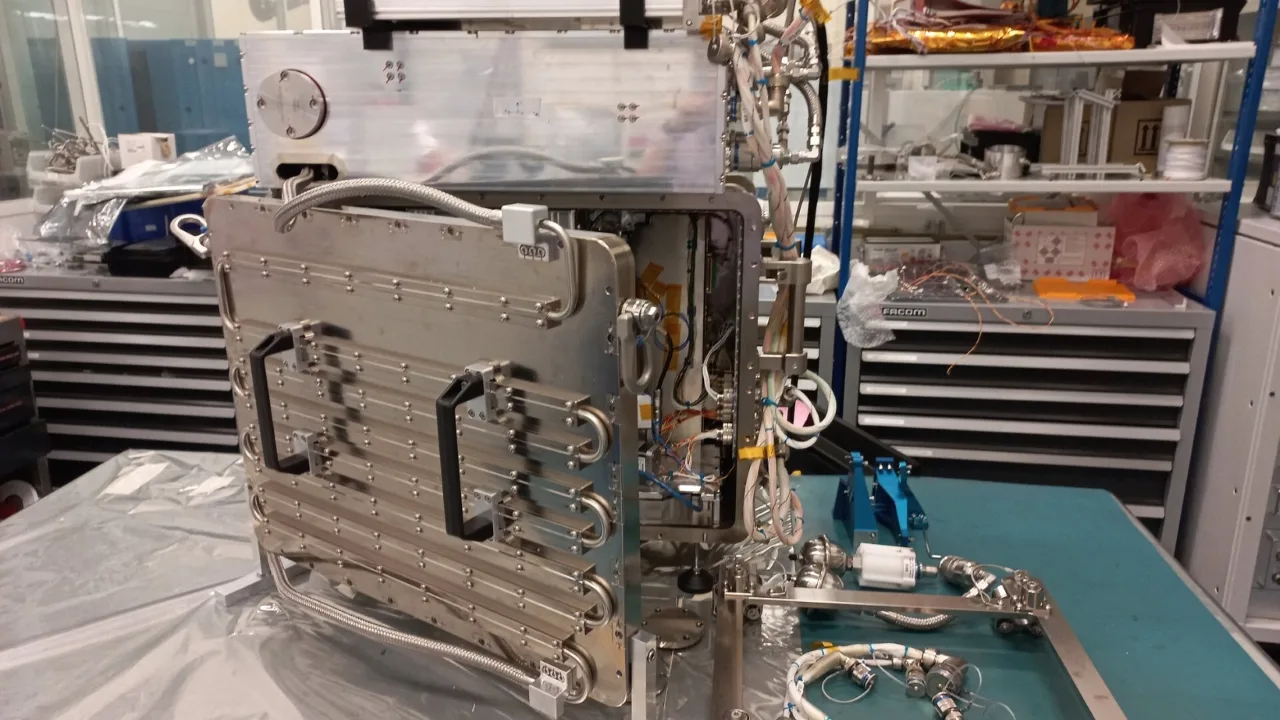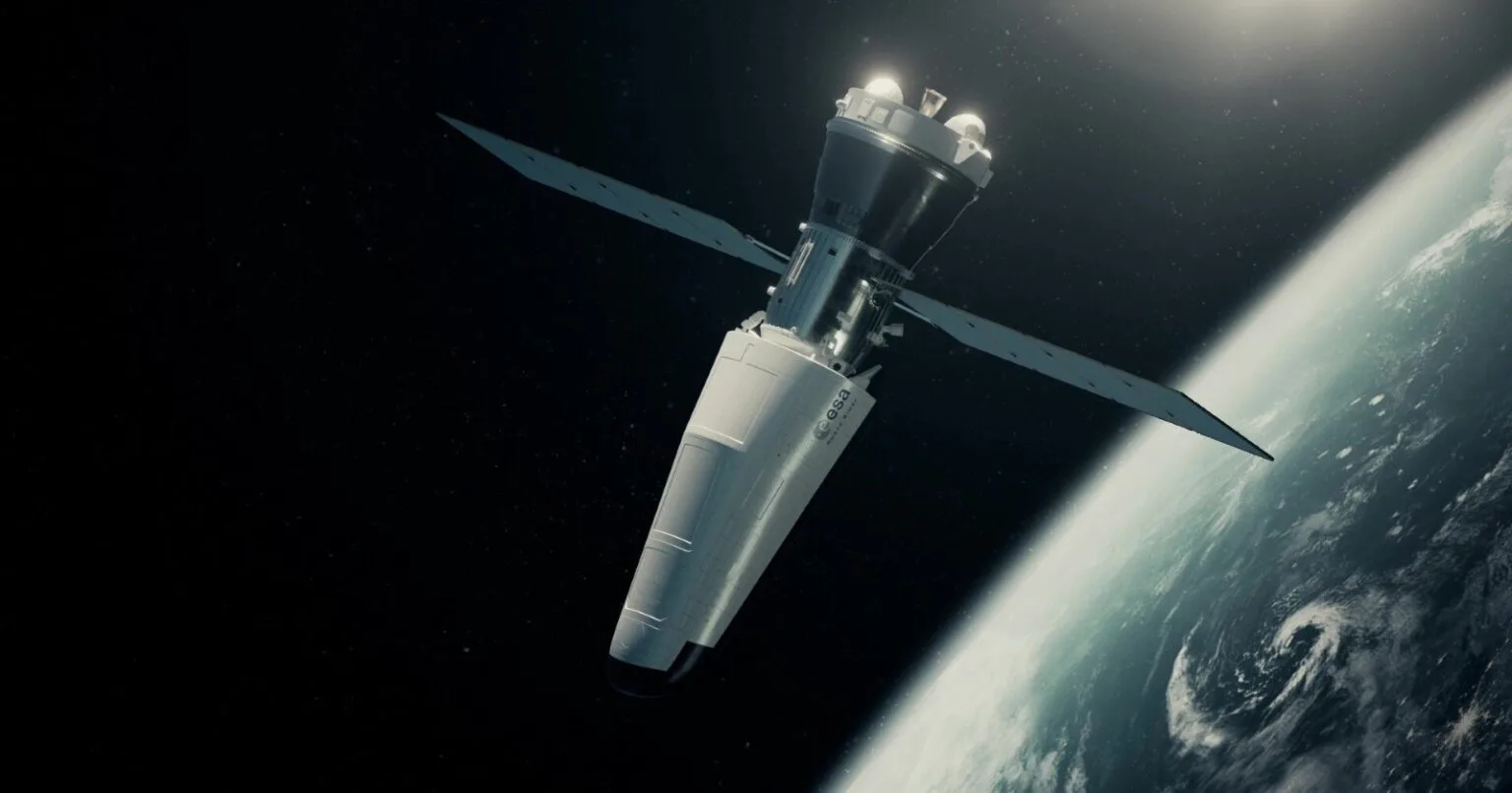The world’s first space-oriented metal 3D printer is on its way to the International Space Station (ISS) with the European Space Agency’s (ESA) Columbus module. Its mission is to demonstrate the validity of the technology in orbit and pave the way for its future use on Mars and the Moon. Here are the details…
The 180 kg printer, which will be sent by the European Space Agency, was developed by Airbus and will be used to repair or manufacture tools, assembly interfaces and mechanical parts. This printer is capable of printing bulky parts nine centimeters high and five centimeters wide in a process that takes about 40 hours.
Once installed on the ISS, the 3D printer will produce four metal samples that will be sent back to Earth for analysis. In addition, an engineering model of the printer on Earth will produce the same samples. So what is the purpose of this process?

“To assess the effects of microgravity, the European Space Agency and the Technical University of Denmark will perform mechanical strength and bending tests and microstructural analysis on parts made in space and compare them with other samples,” said Sébastien Girault, systems engineer for metal 3D printers at Airbus.
The ability to repair or manufacture parts in space reduces dependence on materials shipped from Earth and could therefore be key to long-term exploration and life support in space. “Increasing the maturity and automation of additive manufacturing in space could be a game-changing development to support life beyond Earth,” said Gwenaëlle Aridon, Chief Engineer for Space Assembly at Airbus.
If the 3D printer delivers the desired results, the technology could be critical for Mars and lunar exploration and could also contribute to ESA’s vision of a circular space economy. The next steps in the development and maturation of metal printing in space could involve printing larger parts and using different metals.

